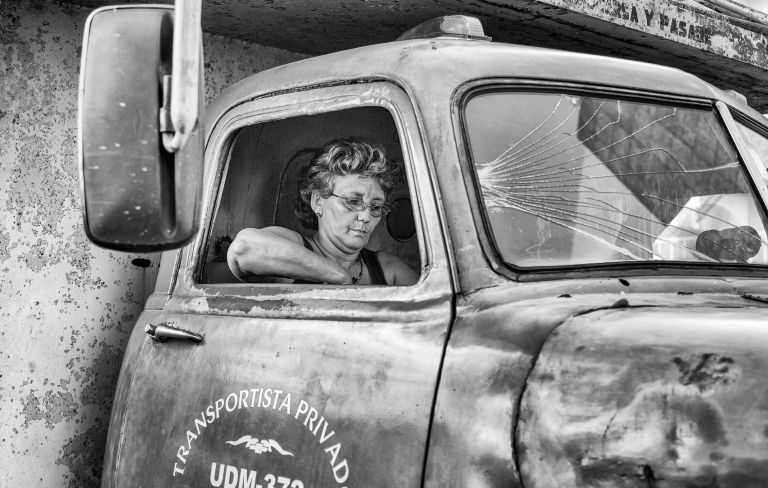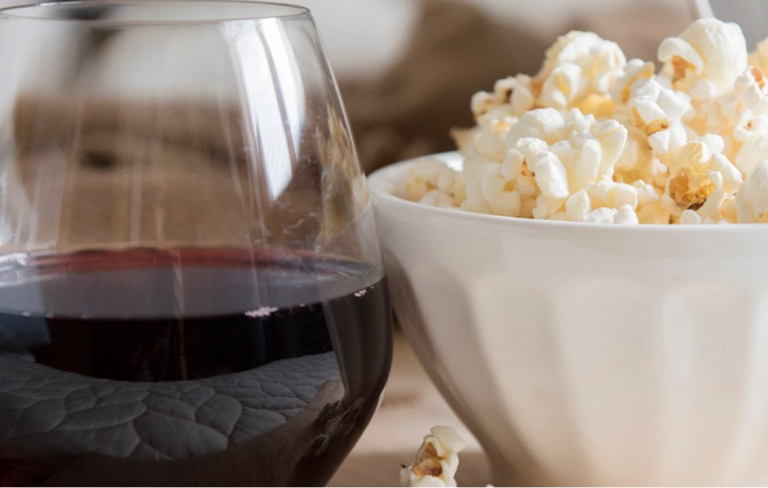In 2019, American diners spent an estimated $863 billion in restaurants, according to the National Restaurant Association — revealing the enormous role dining out plays in our social lives. So, when the pandemic shuttered restaurants for months, their closures left a keenly felt gap and had many wondering: what does a world affected by COVID-19 hold for the future of restaurants?
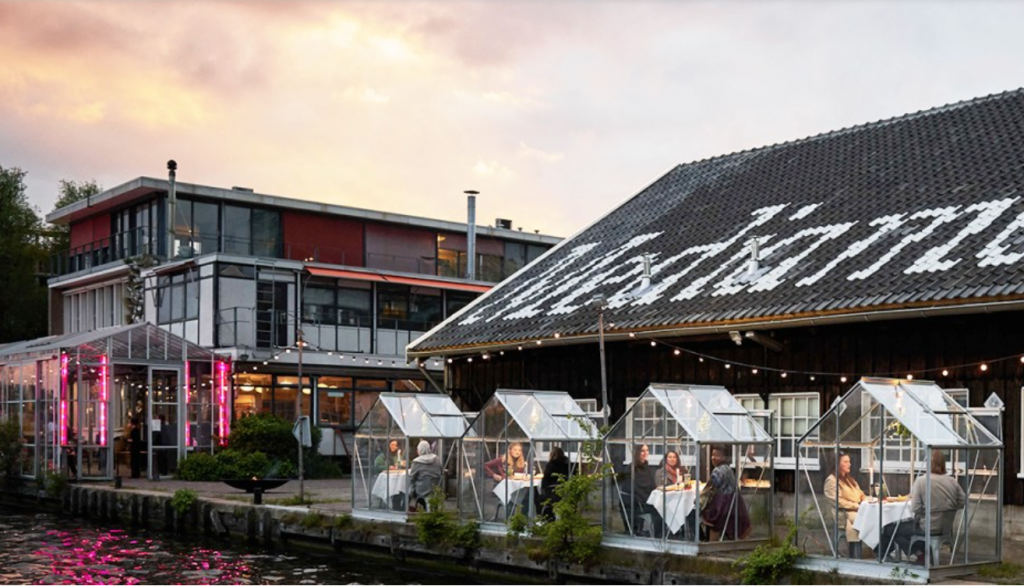
Amsterdam’s Mediamatic Biotoop restaurant is trialling five glass pods at its canal-side location.
“Creativity has always been at the heart of the restaurant industry,” says Shayne Brady, cofounder of design studio, BradyWilliams, whose clients include Harrods and Corbin & King (owner of renowned London establishments, including The Wolseley and The Delaunay). “It’s woven into every aspect of running a successful establishment, from devising each dish, to the color of the walls and staff uniforms.”
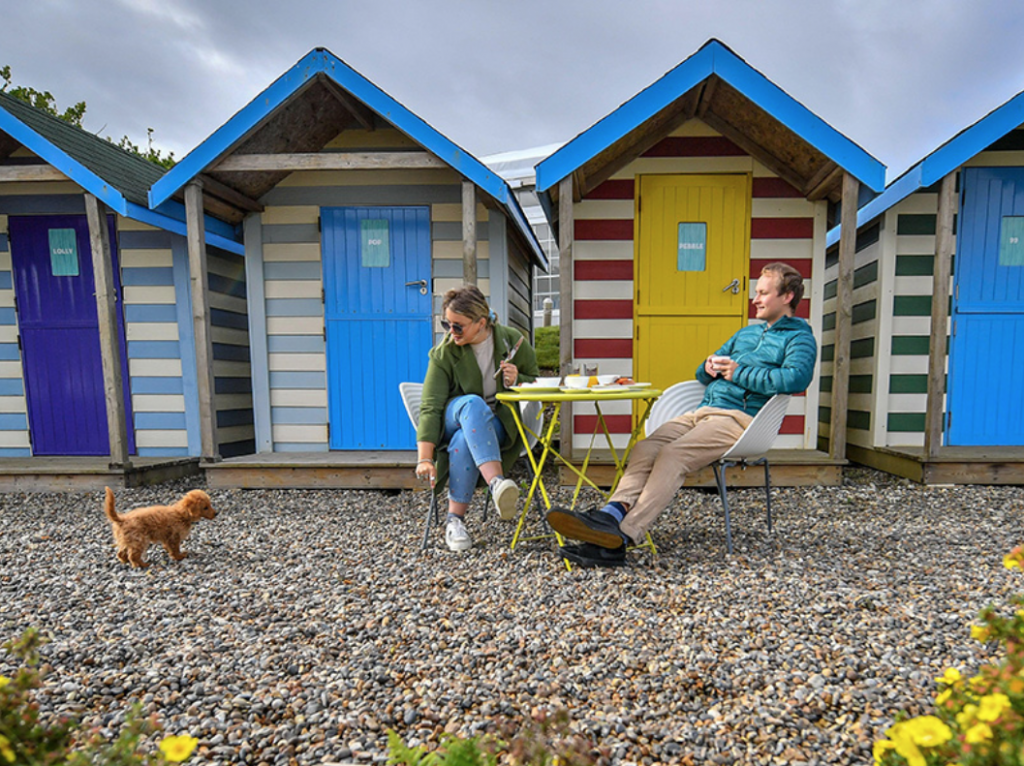
These iconic beach huts on a private stretch of Cornwall’s captivating coastline have been transformed into secluded dining rooms, and are thoroughly sanitized between bookings.
Brady continues: “Dining out often includes an element of seeing and being seen, of being somewhere exciting, so creating socially distanced spaces, which still fulfill that brief, can be a challenge. The wonderful thing is that we’re seeing some very creative solutions, with many restaurants finding ways of adding warmth and conviviality to a space, even when the tables are far apart.”
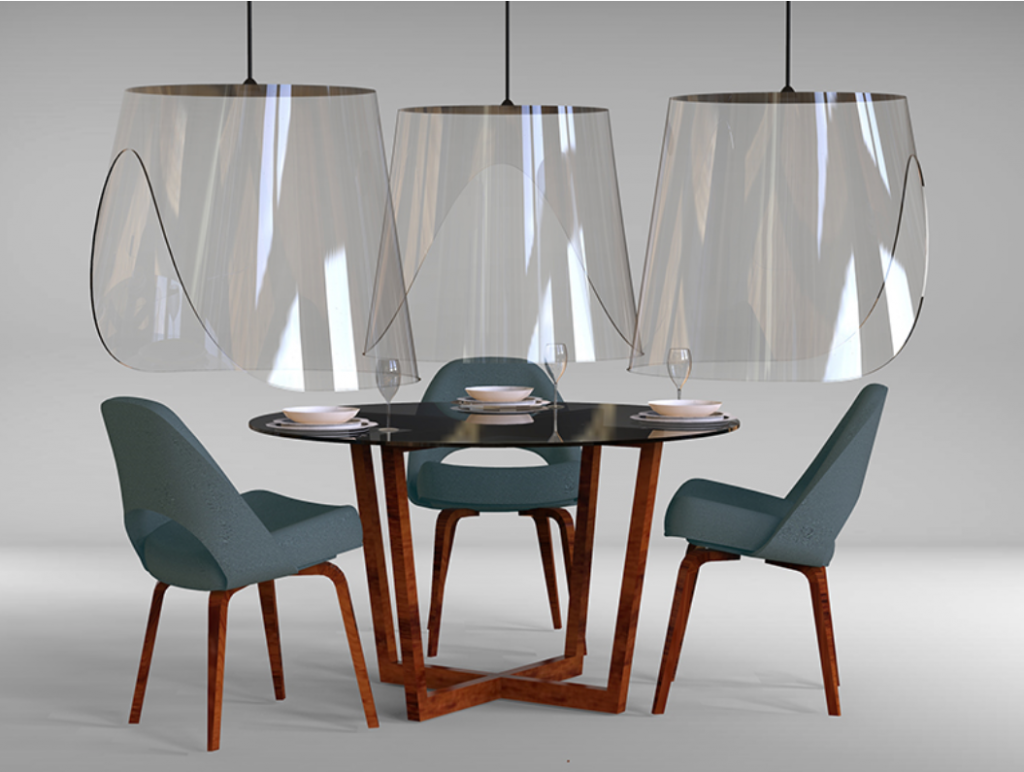
The Barn restaurant, in Cambridgeshire, U.K., has installed Perspex bubbles for diners.
Read more about Amsterdam’s Mediamatic Biotoop restaurant, which is trialling five glass pods at its canal-side location, The Barn restaurant, in Cambridgeshire, U.K., which has installed Perspex bubbles for diners and many more in the original article on luxurydefined.
